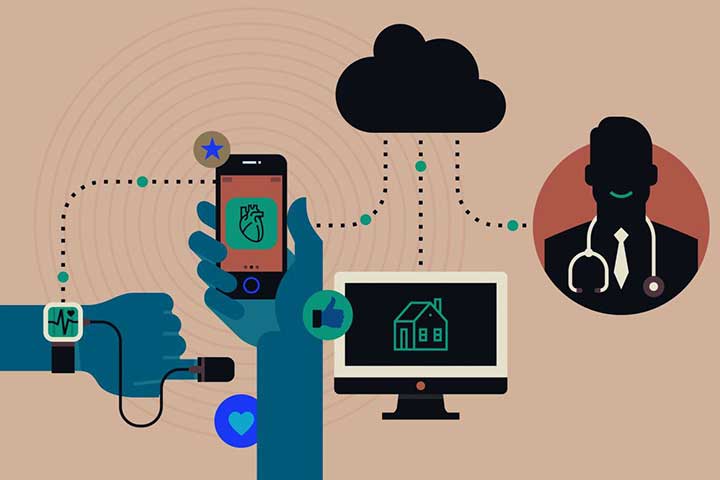HealthTech Trends For 2022

The healthcare industry is modernizing itself through new technologies to increase process efficiency, improve patient care and enable telemedicine capabilities. Artificial intelligence has become an essential part of this transformation. This year, its adoption in companies in the sector will accelerate and other innovations based on virtual care or medical robotics.
As a result of the health crisis that began in 2020, the health sector has been under tremendous pressure to manage resources that were initially insufficient to deal with the situation. This has forced healthcare organizations to change their approach and develop new techniques and processes. One of the most important strategies is to undertake digital transformation as soon as possible to automate processes and enable new capabilities such as telemedicine.
Along this path, companies in the sector are adopting a series of fundamental technologies, among which artificial intelligence and systems designed to build digital virtual service platforms stand out. And we are also seeing rapid adoption of different modalities of healthcare robotics, with technologies aimed at operating rooms and cleaning and sanitizing.
In a recent report published by GlobalData, Jemima Walker, an analyst with the thematic research team at this research firm, comments that “AI has the potential to revolutionize the healthcare industry, supporting the shortening of drug discovery timelines, the successful reuse of existing drugs to combat COVID-19, improving remote patient monitoring tools, improving supply chain efficiency, and modernizing the outdated clinical trial model by enhancing the trial design, patient recruitment and patient retention.
Artificial intelligence has become one of the main topics of discussion among companies. Its presence in the presentations of medical devices, pharmaceuticals and healthcare companies has increased by more than 50% between 2018 and 2021. Experts believe that the AI platform market for the healthcare industry is poised to grow, with revenue expected to rise from $1.6 billion in 2019 to about $5.7 billion in 2025.
Although Walker points out that “regulation on the use of AI in health technology, particularly for medical devices, is still in development. The EU plans for additional stricter requirements in 2022 will lead to heavy penalties for those who do not comply, with smaller companies being prevented from entering the market altogether.”
This year, the researchers also foresee an accelerated growth of digital and virtual platforms, which will be supported by the growing use of mobile and wearable technologies among consumers. In its report, GlobalData highlights that as the pandemic is controlled, the demand for virtual health care will not decrease but will evolve from the current use, based on replacing visits to the doctor, becoming support for other forms of medical care. And for monitoring patients remotely.
This will be reinforced by the advancement of technologies such as 5G communications, augmented reality, improved cybersecurity and other technologies that will help transition to digitized medical services. Digital and virtual tools can help in many health care use cases, such as mental health treatment, chronic pain management, stroke rehabilitation, addiction therapy, and even the creation of autonomous ambulance services in the future.
Another field that researchers see as promising is medical robotics, multiplying thanks to new surgical robotics technologies. The pandemic forced the cancellation of between 15% and 30% of scheduled assisted surgeries as of 2020; it is expected that in 2022 around 3.7 million robotic surgical interventions will be carried out. Walker says that “the high costs of medical robots and the additional training that is often required will prevent rapid and widespread adoption.”
In 2022, it will highlight the role of for-profit organizations, which will be the early adopters of these technologies, especially in centres where rapid outpatient surgeries are performed. Once these institutions demonstrate the usefulness of the technology, the rest of the hospitals and public health centres will follow in their footsteps, which will generate accelerated growth in the surgical robotics industry.
